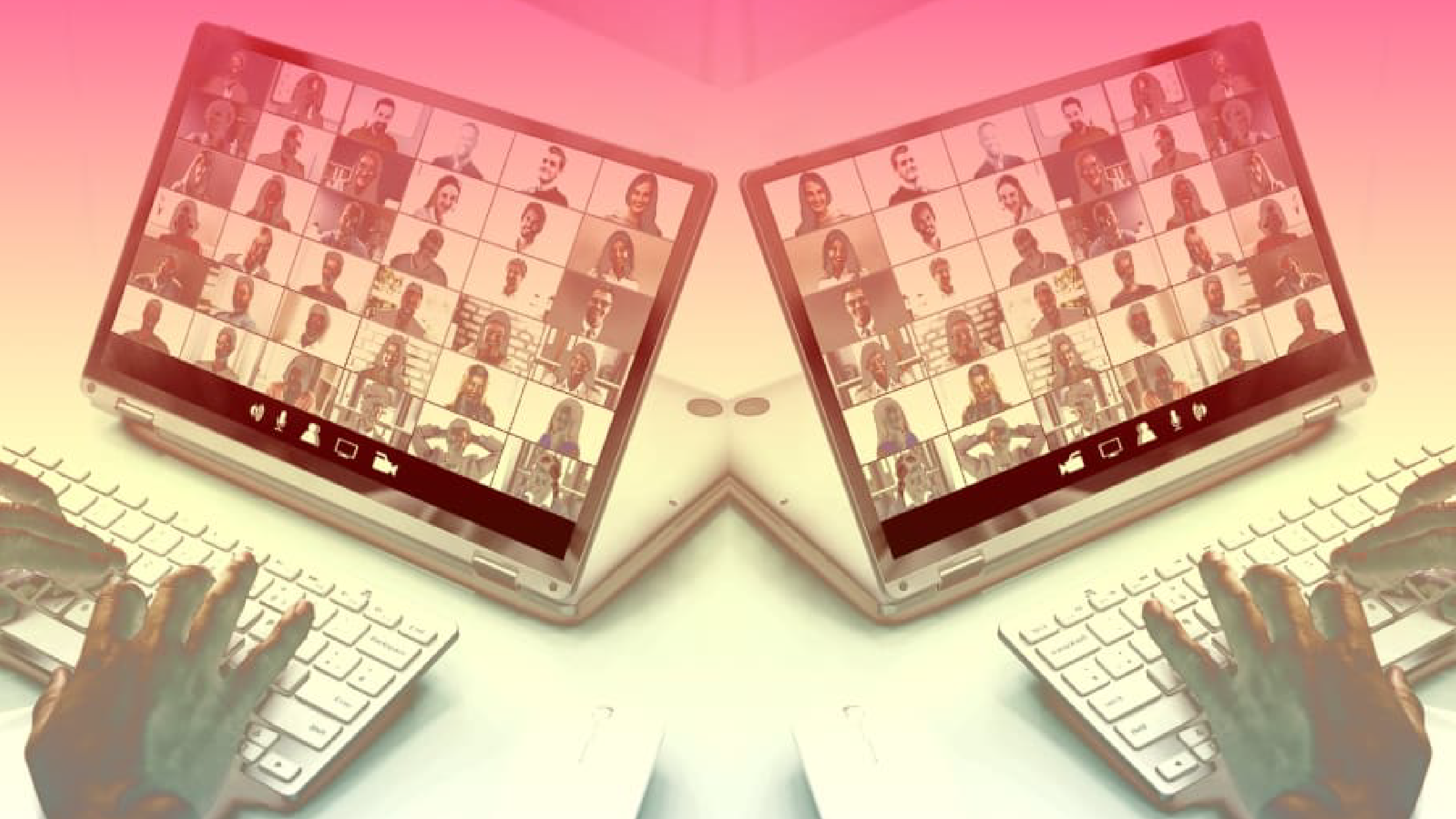
By Tara Swart
Photo Credit: iStock
With an estimated 300 million daily participants on Zoom alone, video conferencing has changed the way we communicate around the world. While video conferencing helps us to stay employed and connected, it is also the source of what is now commonly referred to as “Zoom Fatigue” or video chat-induced stress and exhaustion. A peer-reviewed study from Stanford University released last month has identified four main culprits and suspected underlying causes: excessive close-up eye contact, the strangeness of seeing yourself in real time, less mobility and movement, and more effort required to send and receive nonverbal cues.
LACK OF DIRECT EYE CONTACT
The Stanford study cites close-up eye contact as a cause of exhaustion. However, there is also strong evidence that eye contact can enhance connections, including faster responses, improved likability between people, and more. These processes are not actually possible over video, where you cannot give and receive eye contact simultaneously.
On a video between two participants, the eyes must be directed at the camera to maintain “eye contact,” not the individual, or else it appears that the speaker is gazing into space. During conferences with three or more people, establishing a mutual gaze is even further muddled. The neural reward systems that result from authentic in-person interactions are therefore compromised, as well as reaching the full potential of positive connection.
SEEING OURSELVES IS AKIN TO HEARING OURSELVES
The Stanford research demonstrates the artificial nature of watching yourself perform daily tasks. We can also compare this to the universal phenomenon of “voice confrontation,” or not liking the sound of your own voice when heard on a recording. Indeed when we speak, the eardrum vibrates against small bones in the ear, internally transferring vocal sound through them. Simultaneously, we are receiving sound transferred to our external ears by air conduction, which delivers deeper low frequency vibrations. That is why your voice does typically sound higher and different on a recording (how your voice actually sounds to others).
Similarly, during daily life, our sensations, emotions, and cognitions subjectively alter our experience of ourselves, compared to what is observed externally by those around us. Existing memory representations also interfere with our ability to correctly assess our current appearance. Just as hearing ourselves speak at a higher pitch can elicit a negative reaction (because we think we know what our voices are supposed to sound like), watching ourselves on a screen in real time often contrasts the mental image we hold of ourselves, resulting in a tiring dissonance. Research suggests that people make real-time modifications to preserve the integrity of their voices. This can also apply to how we view ourselves, and exert effort to modify our body language and mannerisms to fit our specific self-image.
LIFESTYLE EFFECTS OF QUARANTINE
If we think of ourselves as attractive and worthwhile, this strong sense of self-value is translated to those around us. However, the challenges and disruptions to daily life from quarantine have resulted in unwanted weight gain, delayed haircuts, skin dryness from an inordinate amount of time spent indoors, and a general lack of physical upkeep. For many, video conferencing is an uncomfortable reminder of this.
Increased shame over our physical appearance results in additional concentration and/or anxiety to appear and feel put together, and can negatively affect our body language and overall performance. There are Zoom filters, called “video enhancements” to help blur out our appearance and minimizes imperfections. This effect presumably ‘improves” the look of the face in doing so, but this underlying messaging does not translate to healthy self-worth.
While researchers hope that video conferencing apps will incorporate solutions to these problems into their basic setups, there’s no need to cancel your Zoom account or always hide yourself from view in the meantime. The chief causes of stress and exhaustion from quarantine run deeper than video calls alone. A few tips will both help you feel better during your meetings, and likewise will help keep your spirits high as more of us look forward to the arrival of warmer weather and spending time outdoors.
- In your personal free time, try not to spend too much time on FaceTime. Try chatting on the phone while on a walk instead, or experiment with new communication platforms. The rise of the popularity of Clubhouse, for example, may be because it’s audio only. If friends and family insist on video conferencing, purchase a pair of blue-light blocking glasses to block specific frequencies of light at specific times of day. I recommend BluBlox, which are backed by years of research, studies, and clinical tests on how to optimally manage light behind their products.
- While Zoom does exacerbate quarantine fatigue, blurred boundaries are the primary cause of tension and dis-ease from home. In order to start to feel better now, make a proactive effort to keep your personal and professional lives separate. For example, people are not commuting to work and are using that time to work longer hours. Instead, choose a transitional activity (ten-minute meditation, exercise, calling a friend or family member) to divide the time and separate the day. Try your very best not to check in after this activity.
- Now more than ever, we are craving interpersonal interaction, and Zoom cannot stand in on its own to satiate this natural human desire—especially given its proven shortcomings. The next time you leave your home, give a friendly wave to a neighbor or thanks to a delivery person. If you’re not able to leave the house, try giving a compliment to someone on a video chat the next time you speak. They’ll feel better, you’ll feel more connected, and your conversation will benefit from this small moment of bonding, until we can finally be together again.
For the original article, visit: Fast Company.



